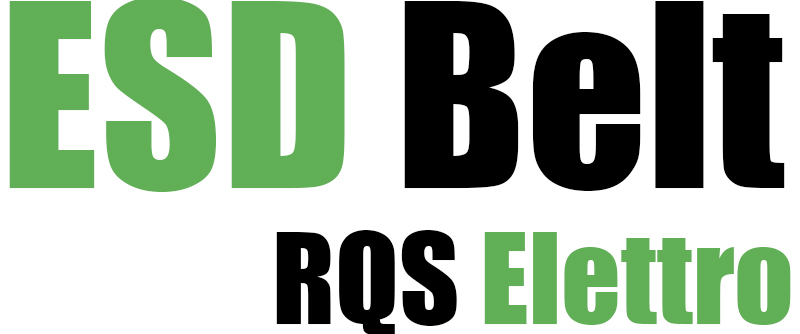Flat belts can also be called flat belts, which can not only be used for transmission, but also for the conveyance of items. When the machine is overloaded, the flat belt can slip on the pulley, thus protecting the mechanical equipment. It itself includes ordinary flat belts, composite flat belts, braided belts and high-speed belts. 1. Ordinary flat belt Ordinary flat belts are made of several layers of glued canvas, and they are divided into two types: edging and open. Ordinary flat belts have high tensile strength, good preload retention performance, and excellent moisture and moisture resistance, but they have low overload capacity and poor heat and oil resistance. Woven belts: Woven belts include cotton, wool, stitched cotton, silk, hemp and nylon woven belts. The surface of the braided belt is divided into two types: coated and non-coated. The braided belt has the characteristics of good bending performance, so it can work on a smaller pulley, and has good adaptability to variable loads, but the disadvantage is that the transmission power is small and it is easy to relax. 2. Composite flat belt The composite flat belt is also known as high-strength flat belt and nylon sheet base belt. The main part of the composite flat belt is composed of a strong layer (bearing layer) and a surface layer. The tenacity layer is mainly used to carry the tensile force, and is generally made of nylon sheets that have undergone strong directional pre-stretching, or nylon cords and polyester cords. The most commonly used materials for the two surface layers are: 1. The materials of the two surface layers are synthetic rubber; 2. The materials of the two surface layers are chrome-tanned leather; 3. One side of the two surface layers is synthetic rubber, and the other side is made of synthetic rubber. Chrome-tanned leather, etc. The composite flat belt has a high bearing capacity, can be not affected by temperature, the strength of the performance during transmission, the softness and vibration absorption of the belt body, and the stability of the transmission have been greatly improved, and the service life has also been improved. a certain extension. 3. High-speed belt High-speed belts, as the name implies, are flat belts running at high speed. For belts with a speed greater than 30m/s and a shaft speed between 10,000r/min and 50,000r/min, they can be called high-speed belts. When the belt speed exceeds 100m/s during operation, it is called a super high-speed belt. The transmissions generally used for high-speed belts usually belong to the open-ended speed-increasing transmissions. High-speed belts are required to operate reliably, smoothly, and have a certain service life. Therefore, the characteristic annular flat belt with light texture, thin and uniform thickness, good bending performance and high strength is generally used.





